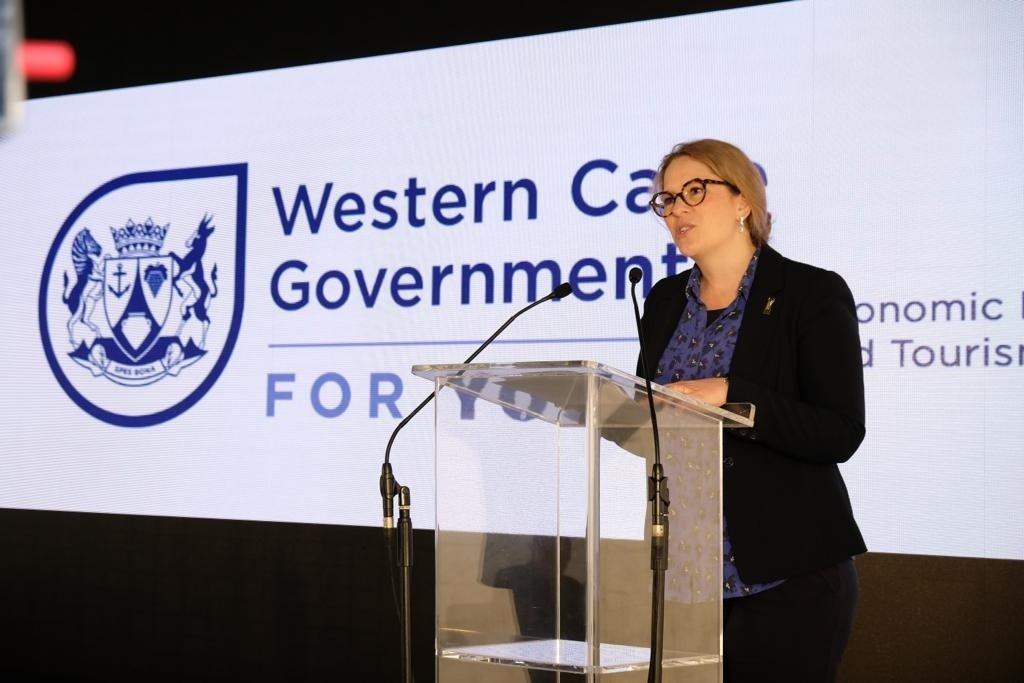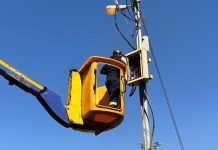Africa-Press – South-Africa. The Western Cape’s population grew significantly between 2016 and 2021, according to the provincial government.
This emerged when Finance and Economic Opportunities MEC Mireille Wenger tabled the Provincial Economic Review and Outlook (PERO) 2022/23 in the provincial legislature on Tuesday.
The document provided data on the impact of international and national developments on the provincial economy, as well as a detailed analysis on trends in the Western Cape. It forms the basis for upcoming budget process discussions.
The report showed that net in-migration, the movement of people from one province to another, was an important determinant of population growth in the Western Cape.
The report stated:
It also indicated that between 2016 and 2021, Gauteng (986 527) received the largest number of in-migrants, followed by the Western Cape (292 325) and the North West (115 543), while the Eastern Cape (-319 345), Limpopo (-187 356) and KwaZulu-Natal (-83 081) experienced substantial net-out migration.
Wenger told members of the legislature they expected the growth to continue.
“While this makes our unemployment challenge complex, and adds pressures to our service platform, it is also a reason to hope. The diversity of our people, their drive to realise this better future, and their remarkable resilience, is an asset to be leveraged,” she said.
Wenger said there was pressure, however, to grow employment at a faster rate than the rate of population growth.
She said:
ANC MPL Khalid Sayed said the increase in population was matched with an increase in the provincial equitable share; that is, the amount of money the province gets from the national government.
“This is besides special grants they receive from national government for specific projects or programmes. The DA knows only how to blame. They cannot work with a little money and even worse, still they cannot govern.”
“If they could they would admit that the increase in population is matched with increase of funds from national government and use the money correctly. They cannot therefore resort to blaming population increase for their governance and failures,” he said.
The report also highlighted that in 2022, the lowest learner-teacher ratio was in the Cape Winelands (27.95), followed by the Metro Central (28.58) and Metro North (29.86) districts.
For More News And Analysis About South-Africa Follow Africa-Press






